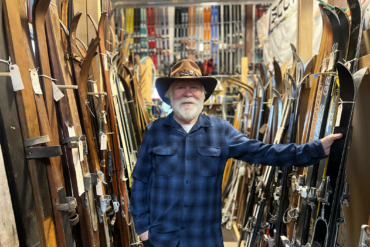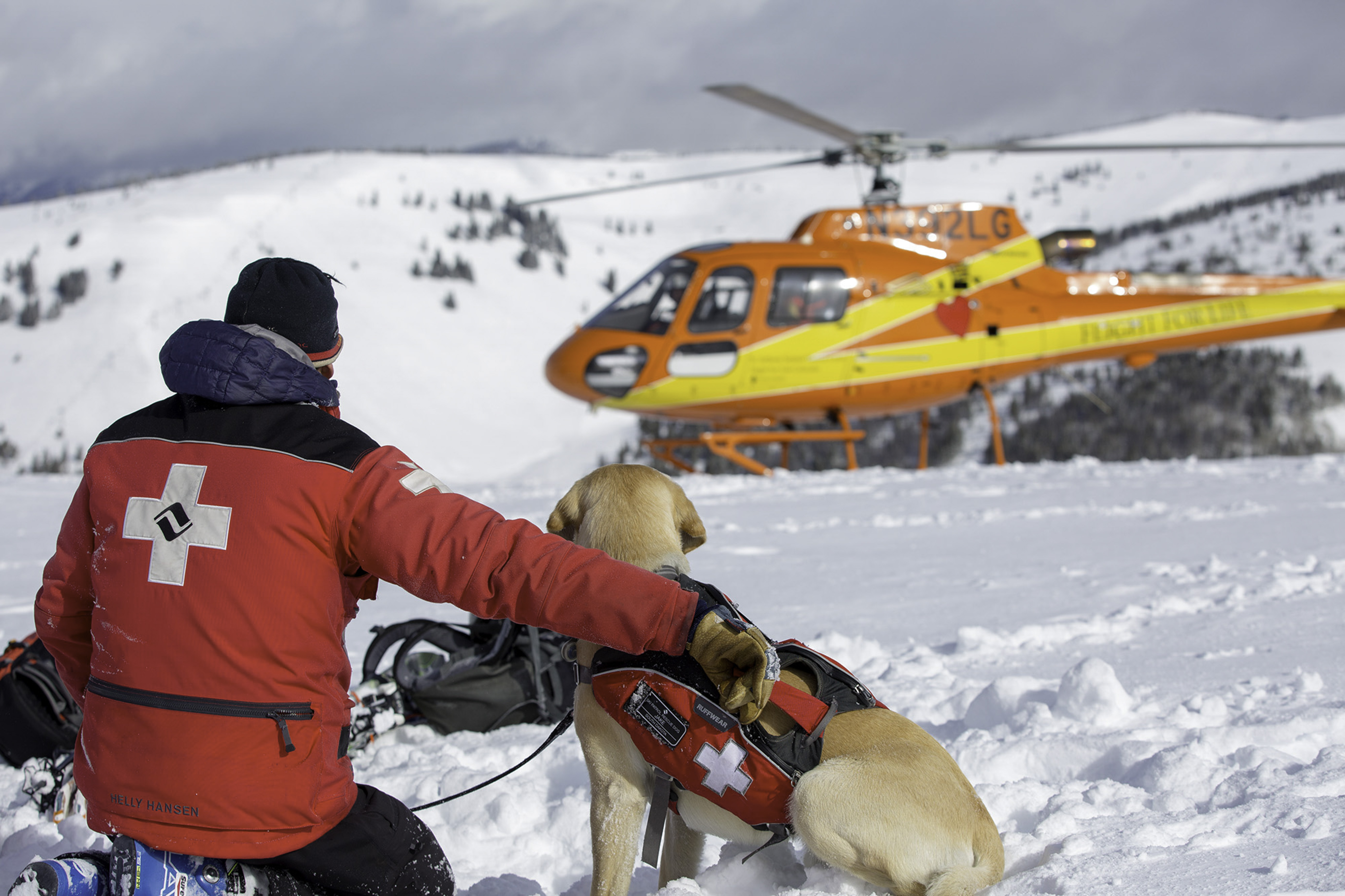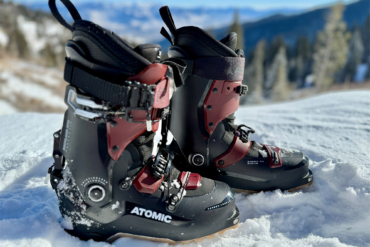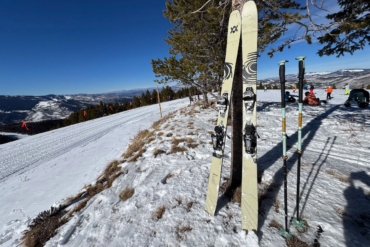The hotly debated safety tech that raised eyebrows around the bike industry in 2019 now promises to add even more safety to ski and snowboard helmets.
It took more than 10 years for adventure sport companies to widely adopt MIPS technology, one of the most notable advancements in product safety in the 21st century.
But it has taken just over one year for a rival technology to make its name known. WaveCel debuted in a 2019 line of bike helmets with bombastic claims that its patented pleats, which crumple and glide on impact, were up to 48 times more effective at preventing concussions than EPS foam alone.
And in the wake of MIPS’ success, those claims immediately drew attention to the potential applications of WaveCel. This week, Anon became the first to integrate WaveCel tech into ski and snowboard helmets. The Merak ($320) and Logan ($220) integrate the WaveCel tech within a warm, Polartec Power Grid fleece-lined winter helmet.
“WaveCel is the first helmet technology to receive funding from the U.S. National Institute of Health,” said Mark Wakeling, Anon global business unit director.
“When it comes to snowsports, safety is our No. 1 priority. The use of WaveCel’s collapsible cell structure material in the Merak and Logan helmets is evidence of Anon’s commitment to continually improving helmet safety.”
Anon WaveCel Ski Helmets: Merak, Logan

Like their bicycle counterparts, Anon’s winter WaveCel-equipped helmets don’t look — and shouldn’t feel — significantly different than their non-WaveCel counterparts. When we tested Bontrager’s WaveCel bike helmets, we noticed a slightly more domed profile, but nothing significant.
Anon said that adding WaveCel into the Merak and Logan makes the helmets 53 g (about 0.1 pounds) heavier.
The Logan retails for $220, has 10 ventilation channels, and weighs 15 ounces. The burlier Merak helmet retails for $330, has 19 ventilation channels, a hybrid shell construction for increased durability, and weighs 1 pound 0.9 ounces. Both feature Polartec Power Grid fleece, a BOA closure, and a helmet buckle.
Anon notes that these helmets are specifically designed and tested for ski- and snowboard-specific accidents and should not be used for other sports.
How WaveCel Works
WaveCel works in a three-step process. First, the cellular layers flex on impact, absorbing some energy. Next, because of the shape of the material, the WaveCel layer can also compress. This helps to further absorb impact.

Finally, the layer can glide within an EPS foam “ledge” along the outer shell. In this way, WaveCel performs a similar function to a slip layer to mitigate rotational forces. See it in action below.
[jwplayer id=’IbeckYGz’]
WaveCel Controversy
WaveCel and Trek/Bontrager didn’t receive all good press in the wake of WaveCel’s launch. Shortly after the brand first announced the new tech, MIPS called its lofty safety claims into question.
MIPS said it couldn’t replicate the findings presented by Trek/Bontrager when it tested the helmets according to its own protocols.
“We at MIPS have conducted more than 22,000 tests, and we know that not all helmets are equally safe, not even the ones that claim to address rotational motion,” MIPS CEO Johan Thiel said in a statement.
“While we hope from a consumer standpoint that Bontrager’s claims are accurate, we are curious to see how it lives up to the tests conducted in our lab.”
And just this month, a New York man filed a class-action lawsuit, arguing Trek’s claims were “false, deceptive, and misleading.” Trek countered the accusation, saying the lawsuit was “without merit,” and that it stood behind and would “vigorously defend” its Bontrager WaveCel helmets.
Anon also addressed the controversy:
“Anon is aware of the recent class action suit being brought against Trek. We are proceeding with the launch of WaveCel because it is a sound technology developed over the course of four years by Dr. Steve Madey, an orthopedic surgeon, and Michel Bottlang PhD, a biomechanical engineer. Anon stands behind the statements it is making in relation to its WaveCel helmets and is excited to provide the next evolution in snow safety.”
We look forward to testing Anon’s WaveCel helmets for fit, comfort, and function (but hopefully not too many crashes). In the meantime, you can get your hands on the Logan or Merak at REI.








